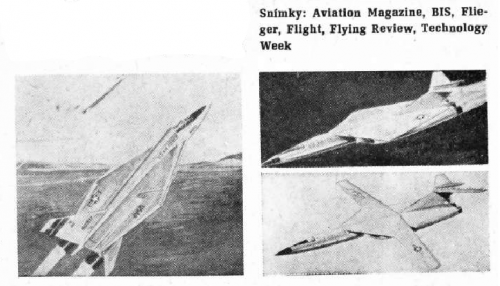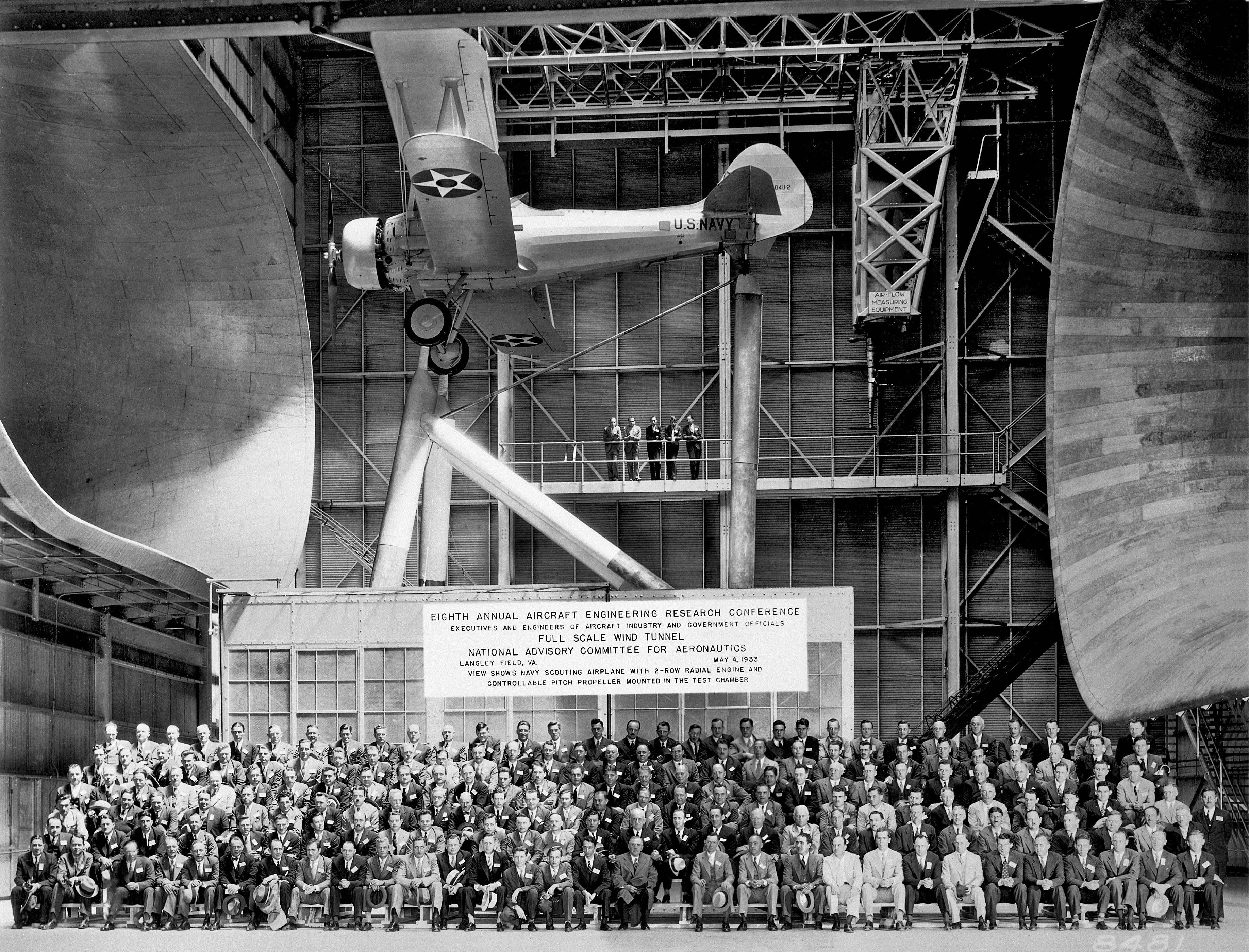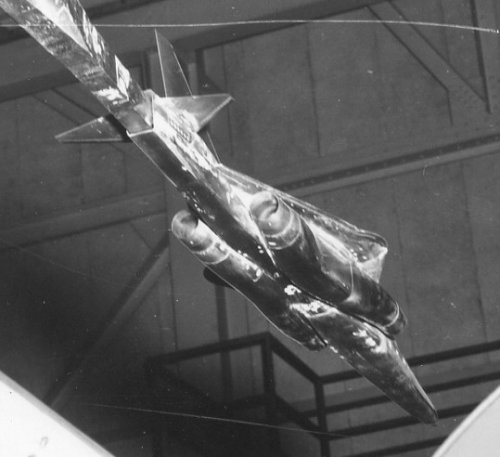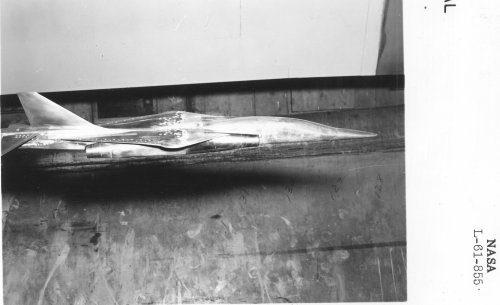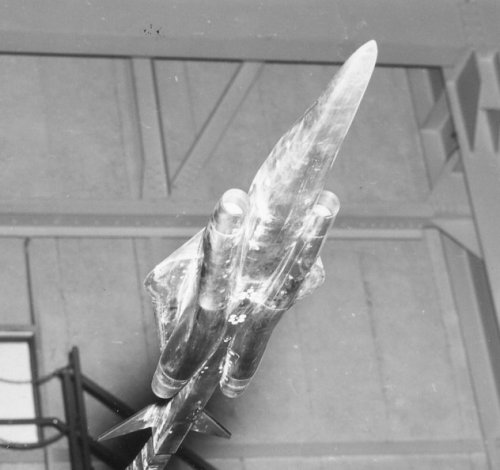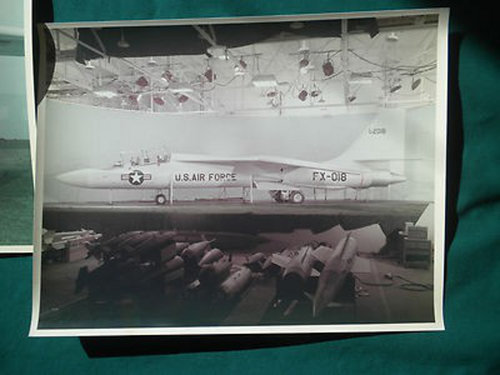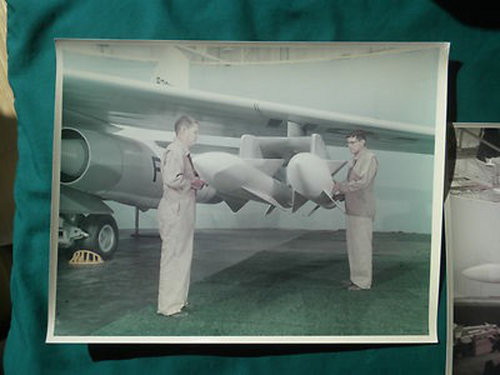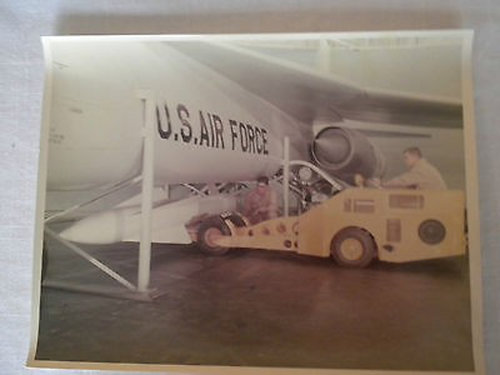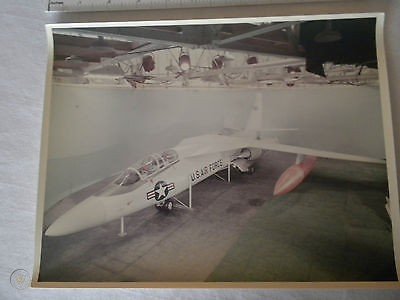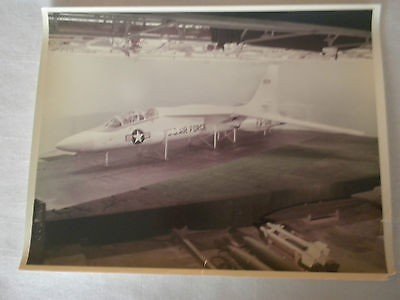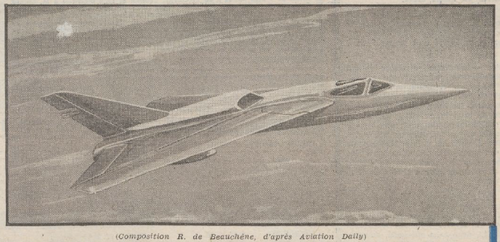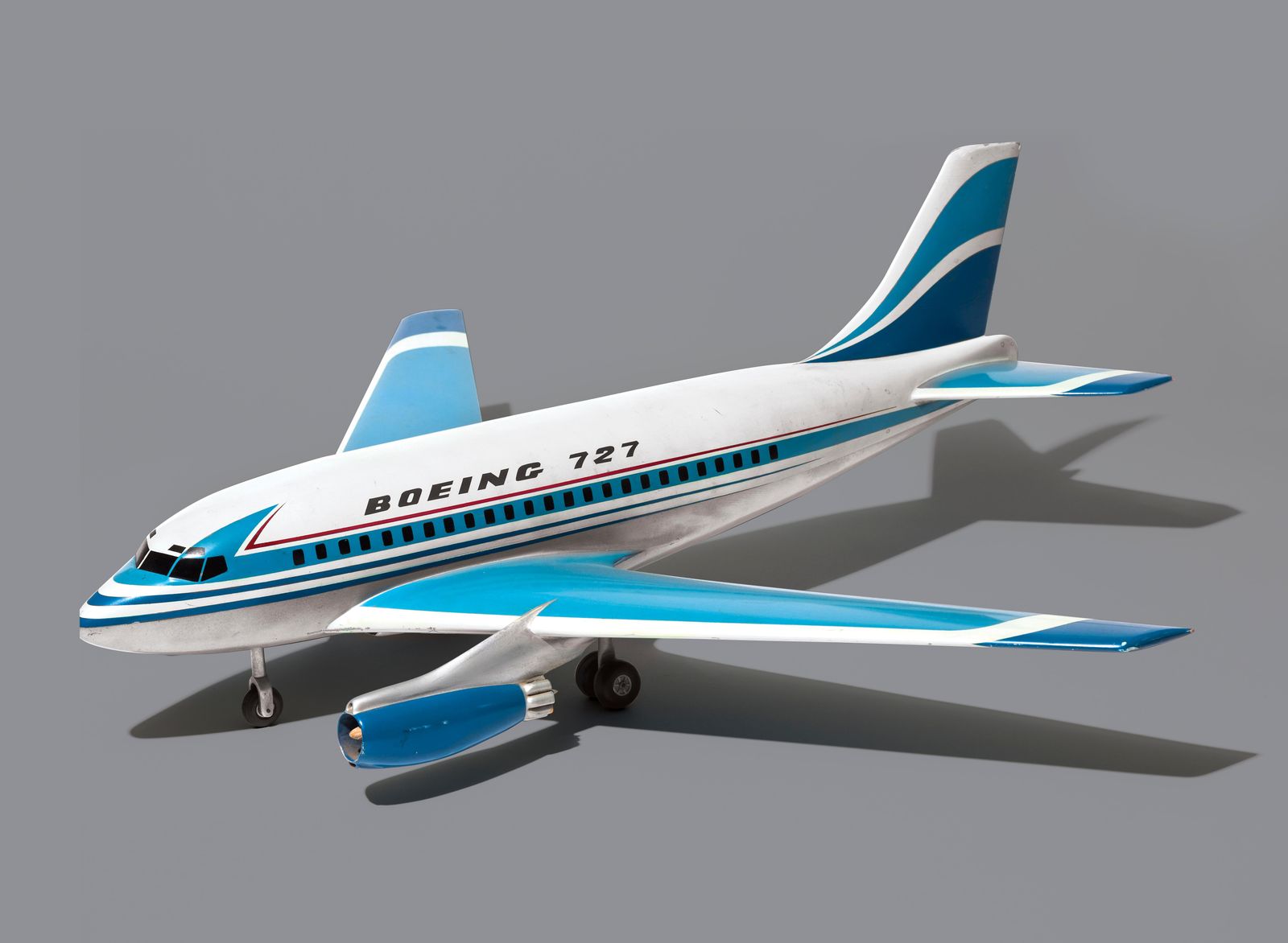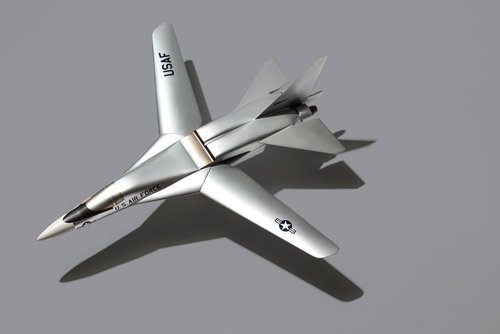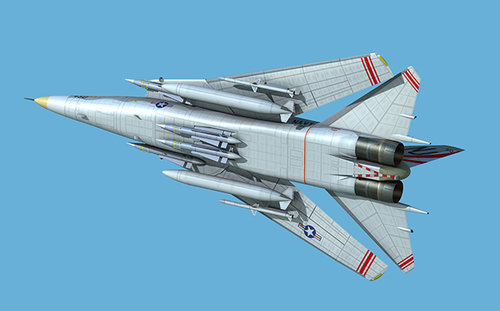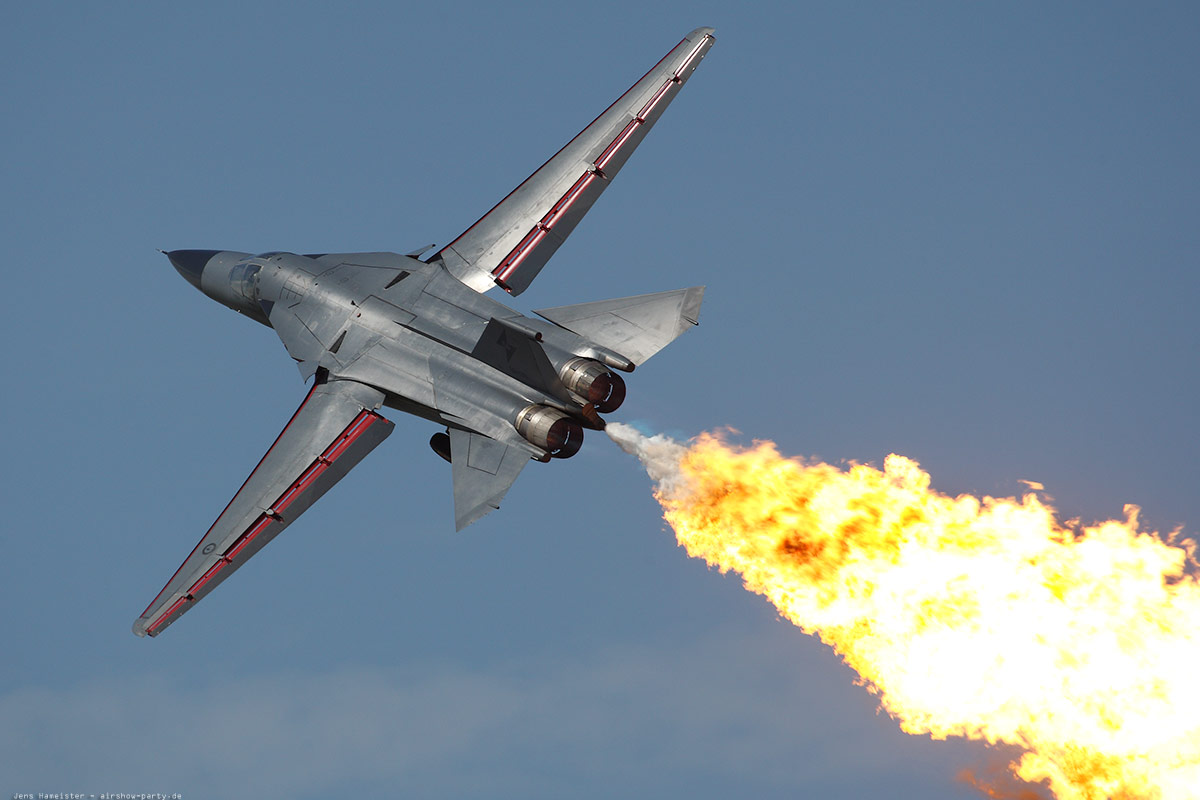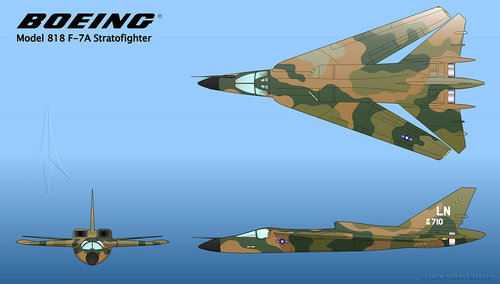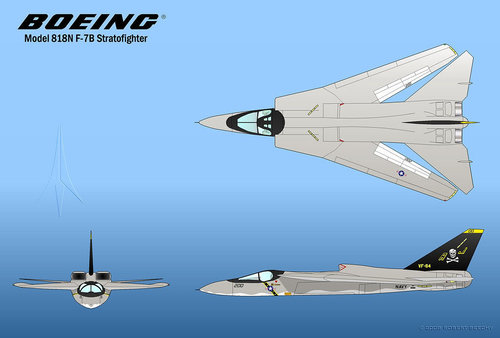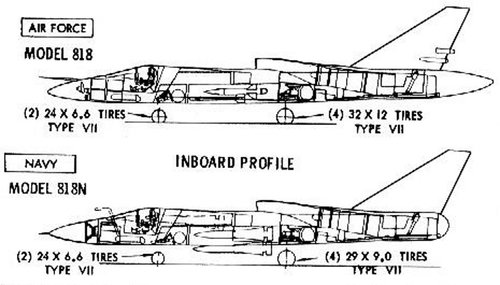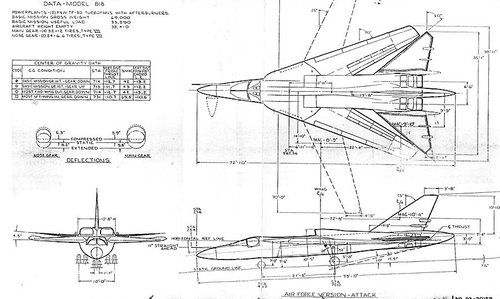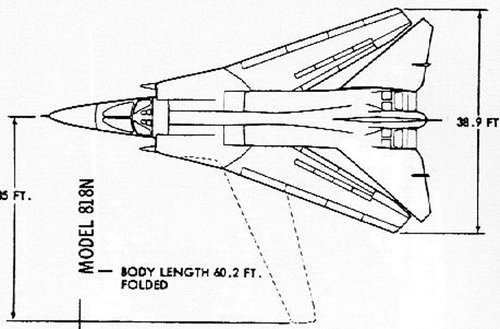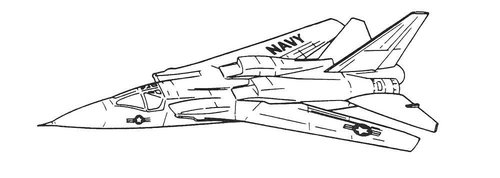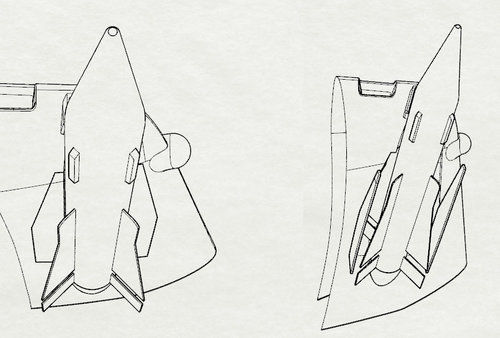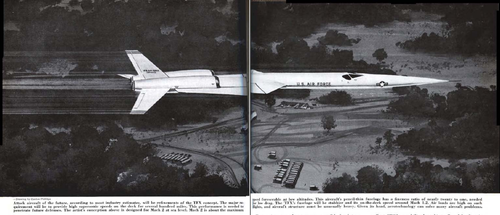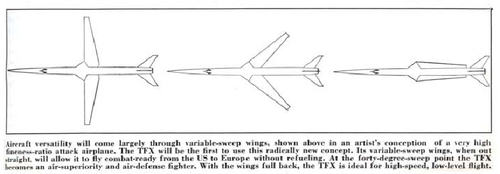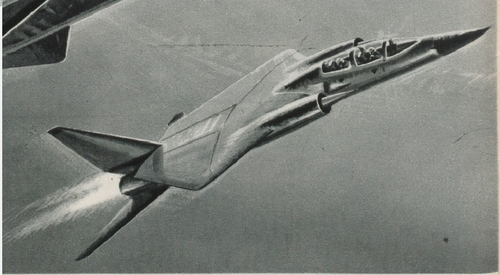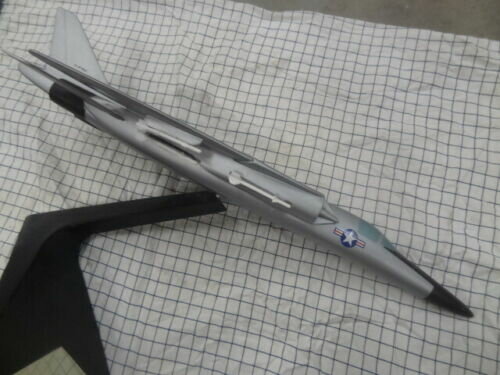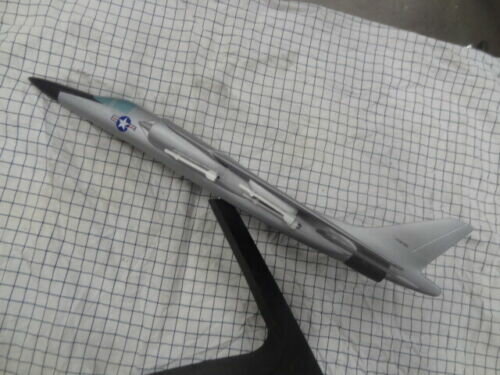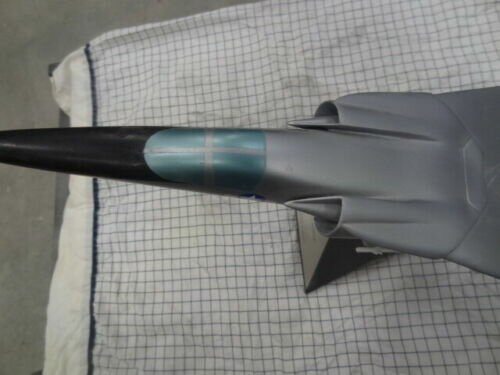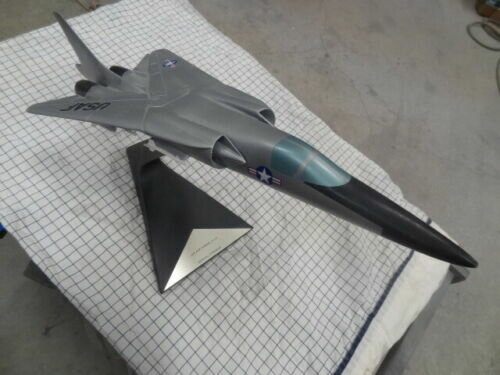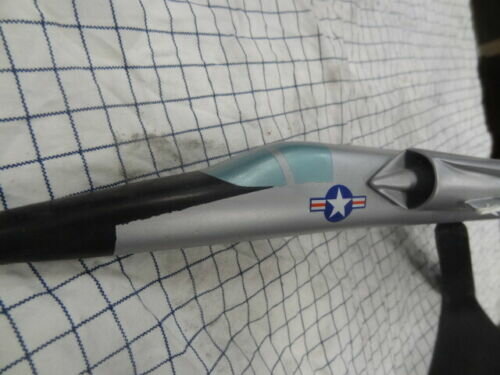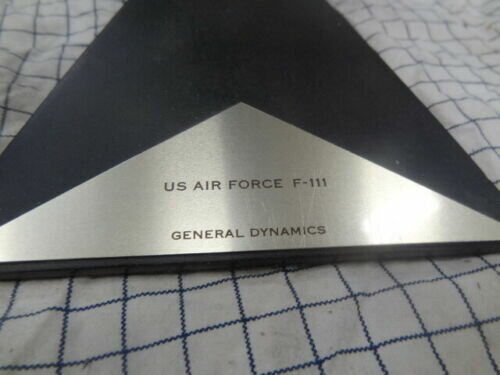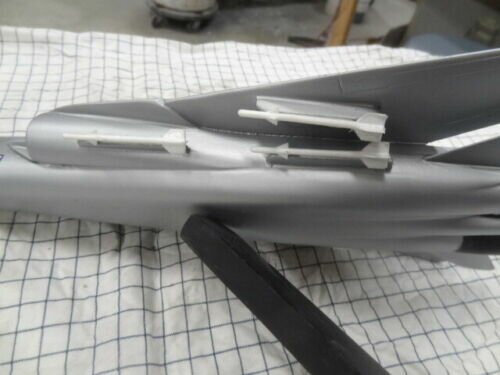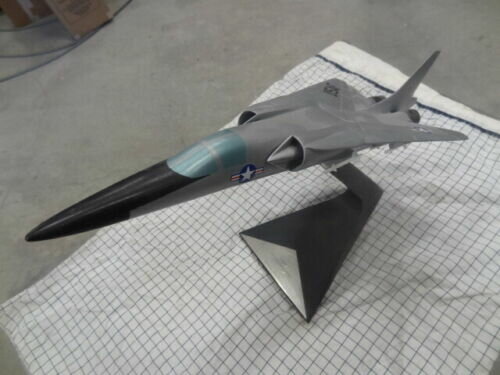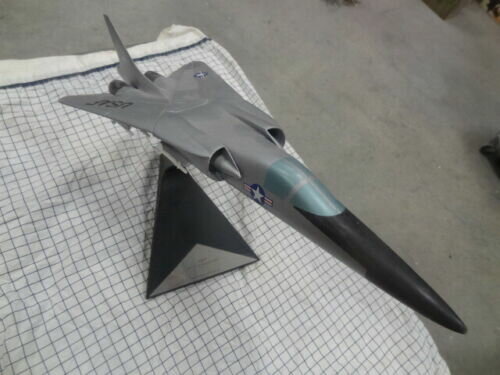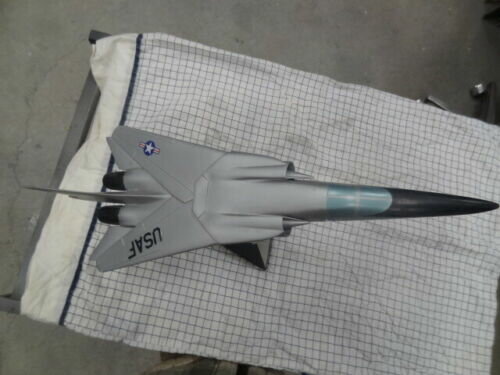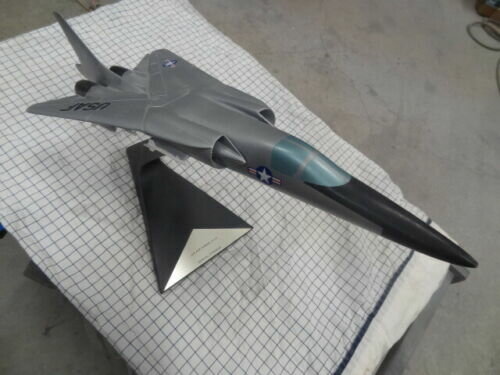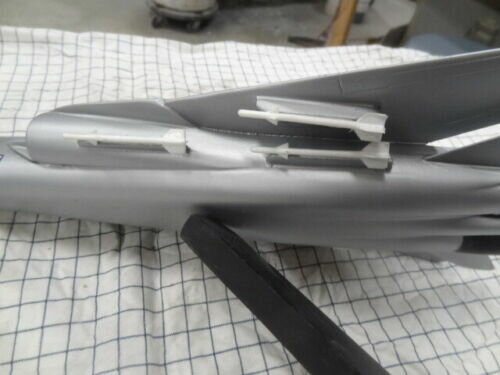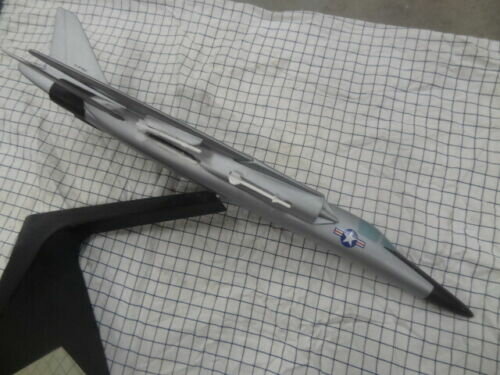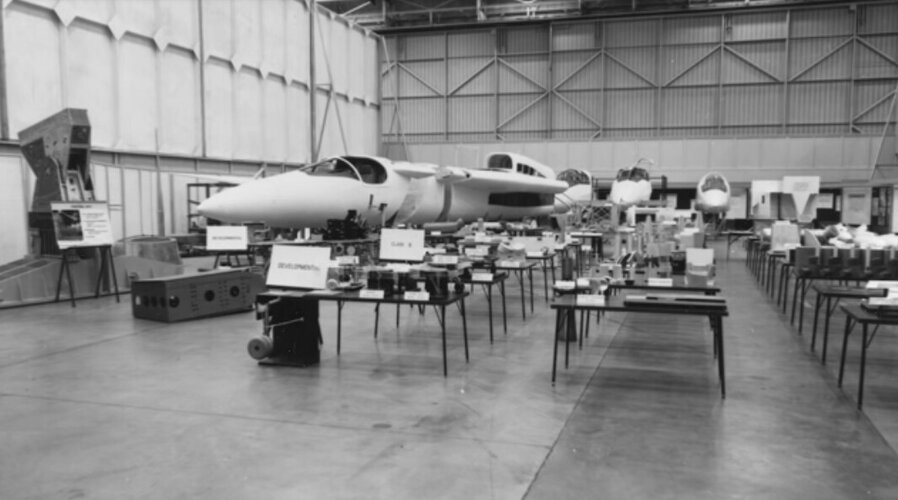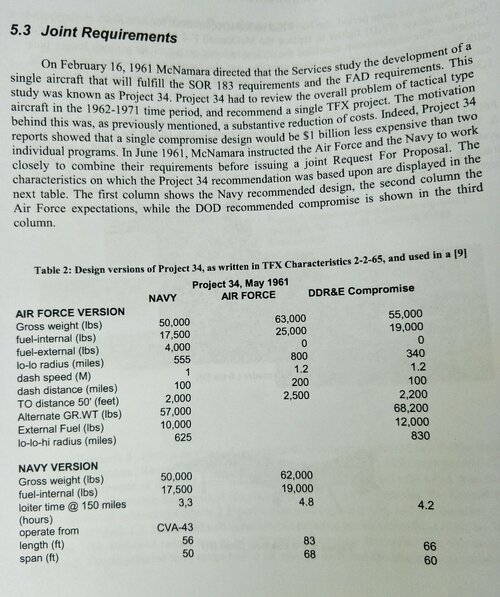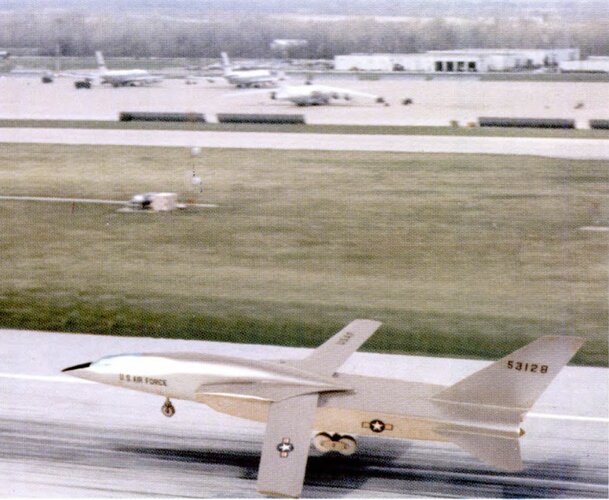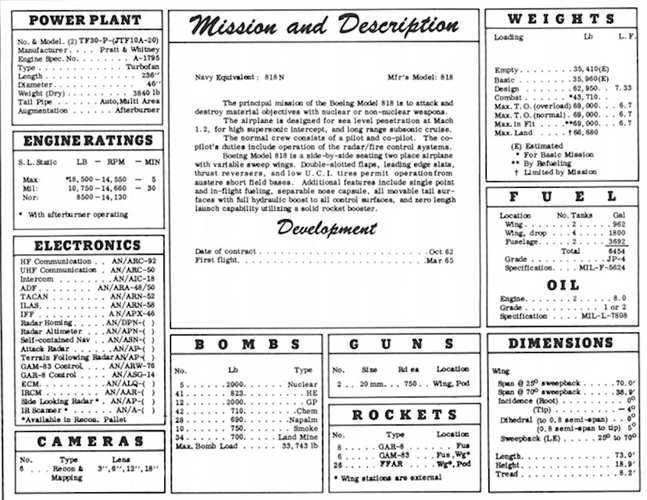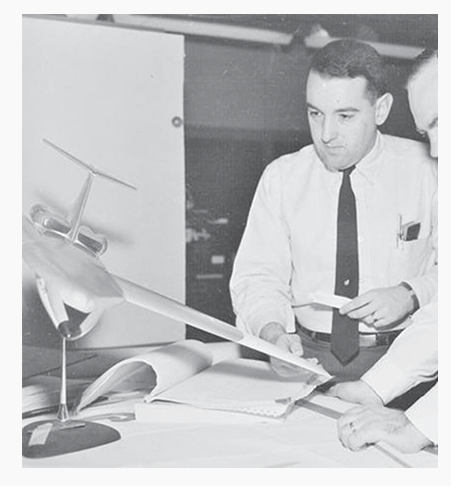- Joined
- 21 May 2006
- Messages
- 3,003
- Reaction score
- 2,284
I've always found it somewhat difficult at time to explain the failings of the General Dynamics F-111 design, even though it would later prove itself an effective strike/reccon platform. but recently listened to a podcast, and thought I'd share it with the forum!
Quote from Jeff Guinn re F-111
Q&A with Jeff Guinn – Aircrew Interview
In response to the question – ‘was the F-111 the right plane for the RAF?’, Jeff Guinn, an experienced F-111 pilot states:
"I don’t think the F-111 was the right aeroplane for anybody.
It was a great aeroplane, it was a great performer, but it’s original design was simply unachievable, and it’s almost an accident in a sense that it ever was as good as it became at what it did, and the reason I say this is because it was specified to do some things that we never did, weren’t useful in our role, and compromised the design of the aeroplane.
The requirements for the F-111 to go supersonic meant it had to have more fuel, because it had to have a range commitment to keep up with, so those things combined to make it heavier, at the same time it forced airframe design that wasn’t really the best design for the subsonic realm in which we nearly always worked, except when we were doing make-believe at Red Flag; and I think the [Blackburn] Buccaneer really was in summarise it wasn’t as modern an airplane, it didn’t have the range, the speed and some other things, but the Buccaneer or the [Grumman] A-6 [Intruder] maybe was even better if they could have been given some of the performance that we had [in the F-111] – a little bit more speed and the lower altitude TFR and things like that."
Regards
Pioneer
Quote from Jeff Guinn re F-111
Q&A with Jeff Guinn – Aircrew Interview
In response to the question – ‘was the F-111 the right plane for the RAF?’, Jeff Guinn, an experienced F-111 pilot states:
"I don’t think the F-111 was the right aeroplane for anybody.
It was a great aeroplane, it was a great performer, but it’s original design was simply unachievable, and it’s almost an accident in a sense that it ever was as good as it became at what it did, and the reason I say this is because it was specified to do some things that we never did, weren’t useful in our role, and compromised the design of the aeroplane.
The requirements for the F-111 to go supersonic meant it had to have more fuel, because it had to have a range commitment to keep up with, so those things combined to make it heavier, at the same time it forced airframe design that wasn’t really the best design for the subsonic realm in which we nearly always worked, except when we were doing make-believe at Red Flag; and I think the [Blackburn] Buccaneer really was in summarise it wasn’t as modern an airplane, it didn’t have the range, the speed and some other things, but the Buccaneer or the [Grumman] A-6 [Intruder] maybe was even better if they could have been given some of the performance that we had [in the F-111] – a little bit more speed and the lower altitude TFR and things like that."
Regards
Pioneer

